Lemons were a luxury good in gardens of the Roman elite, new research shows.
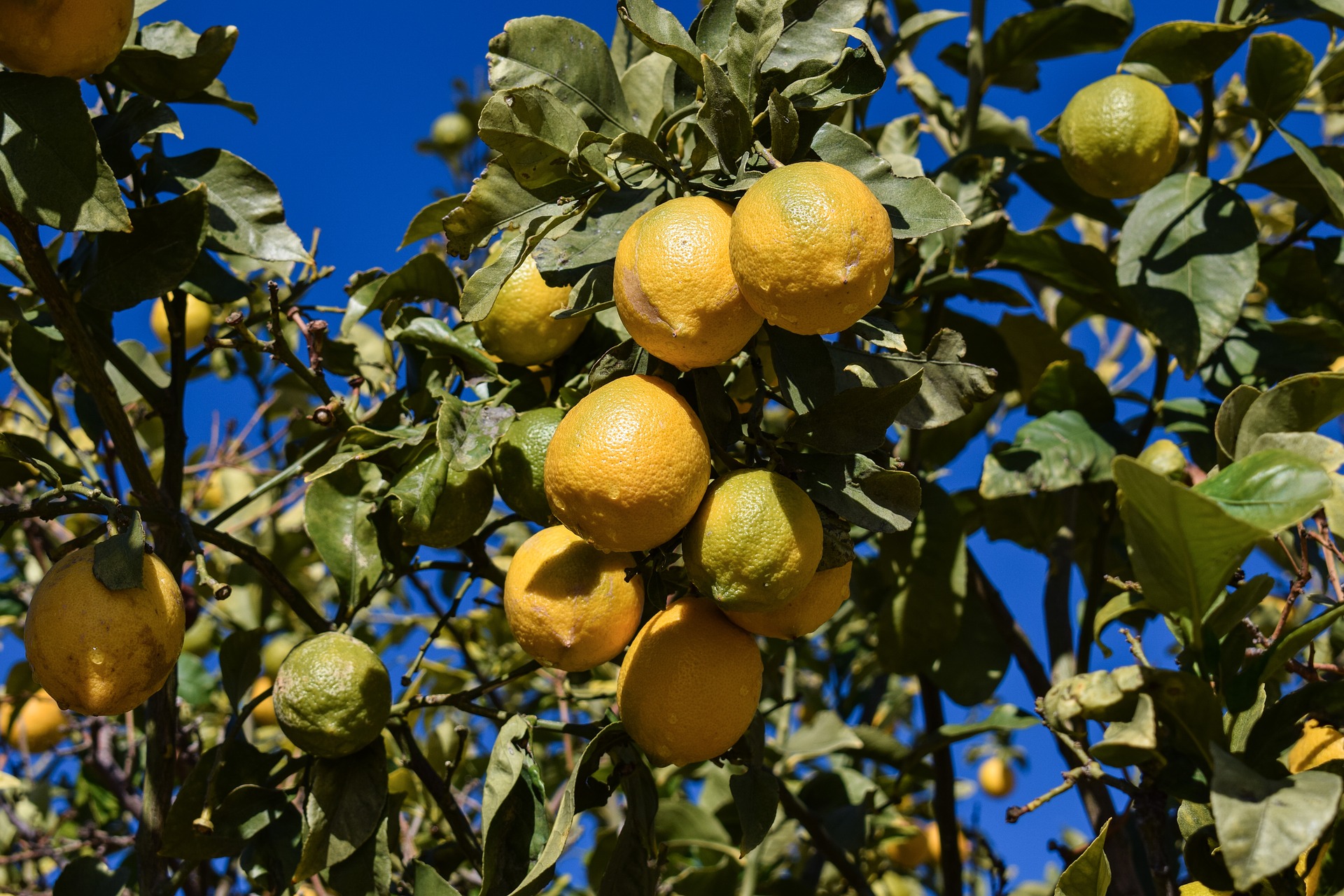
Today, the lemon tree is a fairly common sight around the Mediterranean. But in ancient Roman times, the lemon (Citrus limon) and the citron (Citrus medica), appear to have been a luxury good. According to new research from the University of Tel Aviv.
The citrus fruit was originally found in Asia, first to arrive in Europe was the citron just over 2,000 years ago. The common lemon arrived shortly thereafter, while other citrus fruits, such as the orange, arrived a lot later.
The research of Tel Aviv University Prof. Dafna Langgut included the botanical remains of charcoals, seeds, and other fruit remnants, in addition to philology, she also studied ancient texts (the 20-volume historiographical “Antiquities of the Jews” by Josephus Flavius, 93 CE), coins, art, and artifacts.
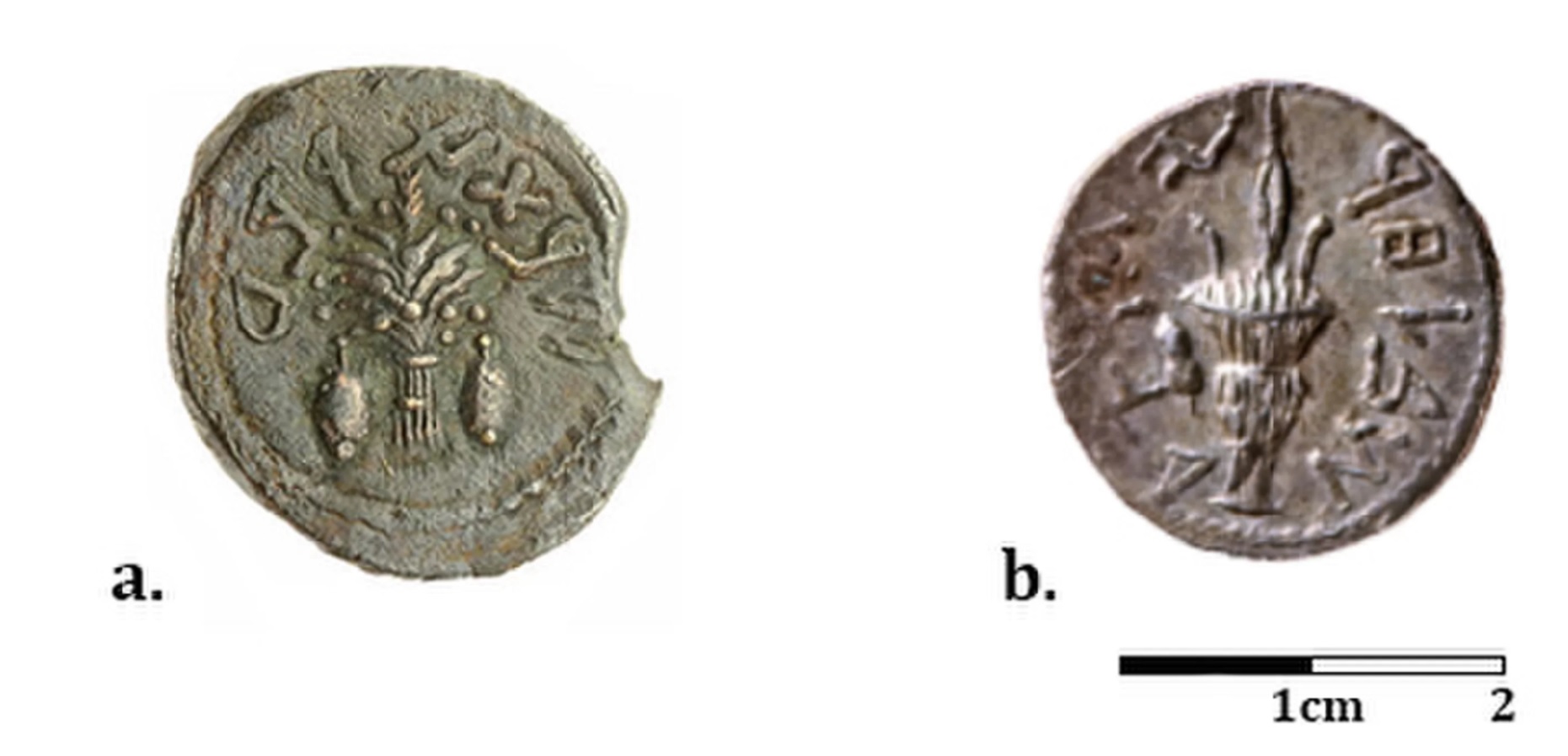
Credit: Photograph by Clara Amit/Courtesy of the Israel Antiquities Authority
Based on this archaeobotanical data, it was possible to see how these citrus plants first arrived in the eastern Roman Empire then spread westwards across the empire. But it mainly grew in the gardens of the patrician elite.
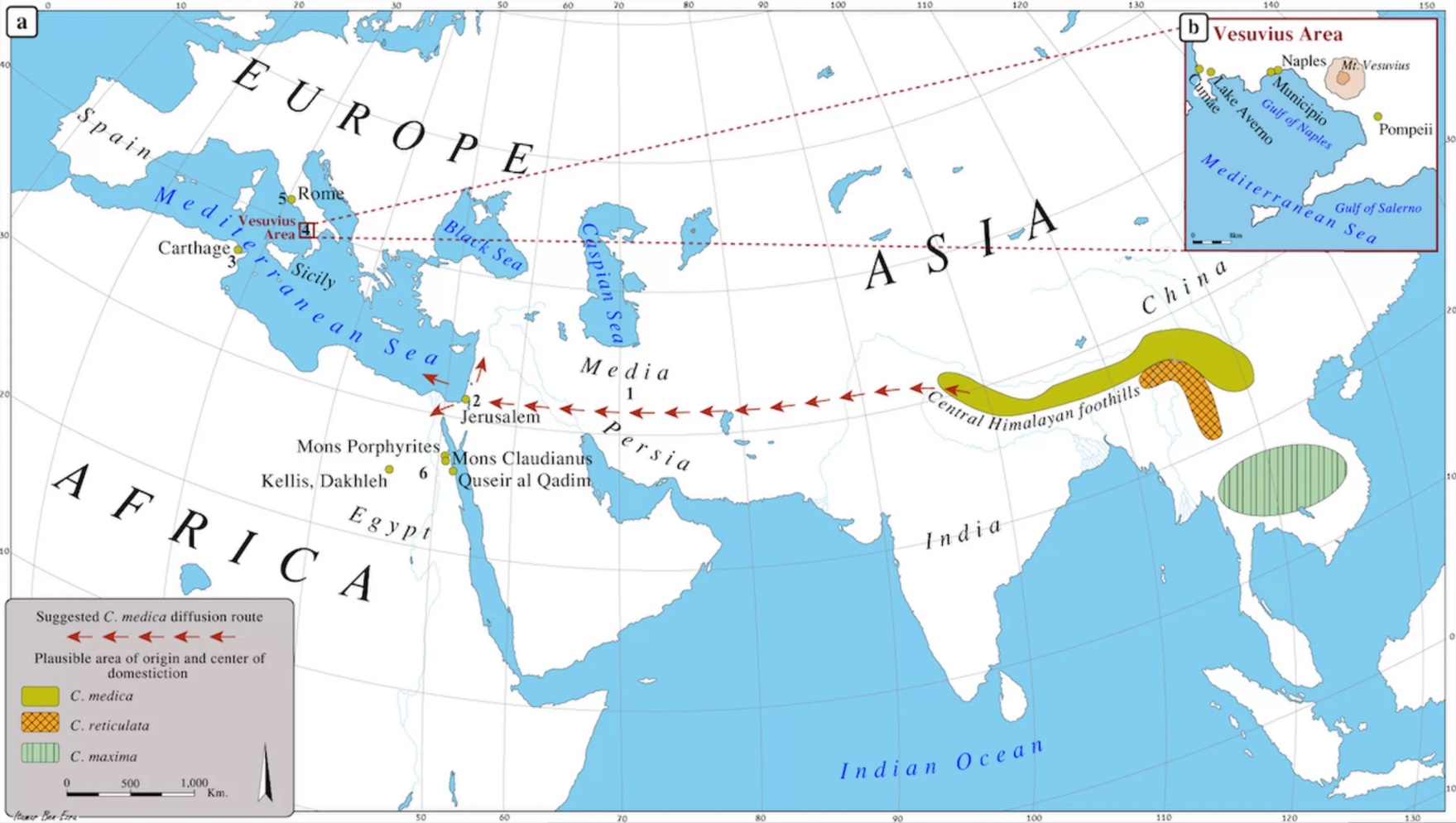
Credit: Dafna Langgut/HortScience 2017
Remains of a citron were found in a 2,500-year-old Persian garden near Jerusalem and also the Southern Levant during the third and second centuries BCE. It is later found in the gardens of the western Mediterranean.
“My findings show that the first citrus fruits to arrive to the Mediterranean, citrus and lemon, were used as elite products (they were common in important gardens in antiquity), while all other citrus fruits most probably spread more than a millennium later, and for economic reasons,”
– Langgut said to the Times of Isreal.
“Sour orange, lime and pummelo were introduced to the west by the Muslims probably via Sicily and the Iberian Peninsula, beginning in the 10th century CE,”
Last to arrive was the mandarin (Citrus reticulata), it made it to the Mediterranean in the 19th century, about 2,200 years after the citron first spread west.
Reference:
Dafna Langgut. The Citrus Route Revealed: From Southeast Asia into the Mediterranean. HortScience. Juni 2017. Doi: 10.21273/HORTSCI11023-16.



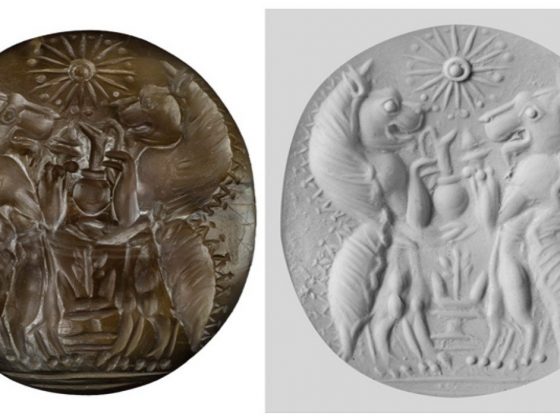





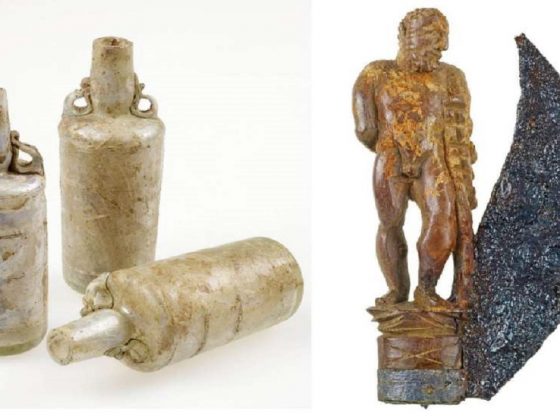

![OpenAI. (2025). ChatGPT [Large language model]. https://chatgpt.com](https://www.illustratedcuriosity.com/files/media/55136/b1b0b614-5b72-486c-901d-ff244549d67a-350x260.webp)
![OpenAI. (2025). ChatGPT [Large language model]. https://chatgpt.com](https://www.illustratedcuriosity.com/files/media/55124/79bc18fa-f616-4951-856f-cc724ad5d497-350x260.webp)
![OpenAI. (2025). ChatGPT [Large language model]. https://chatgpt.com](https://www.illustratedcuriosity.com/files/media/55099/2638a982-b4de-4913-8a1c-1479df352bf3-350x260.webp)








